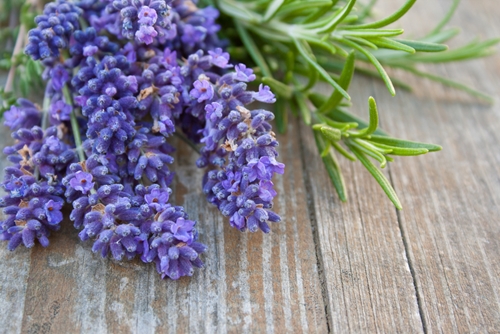
Which Plants Can Keep Pests At Bay?
Maintaining a lush and gorgeous garden complete with delicious home-grown vegetables means you have to keep pests at bay who just love to munch on the goodies meant to end up on your dinner table.
There’s nothing more irritating than finding a prized lettuce devoured by snails, or even worse, a surprise visitor in your garden salad when you go to eat it!
Unfortunately, plenty of the products used to control unwelcome garden guests are toxic to human health and also bad for our environment. This means they’re not an option for environmentally friendly Australians who want to use eco friendly products.
However, there are ways to keep pests at bay without resorting to toxic methods at all – in fact, you could even keep bugs away just by planting a little more garden flora!
The practise of planting plants that deter pests, or ones that attract pests to save your more prized growers, is often called ‘companion planting’.
‘Masking’ plants are used to disguise the delectable smell of plants that pests like to feed on. Try planting chives or garlic near sweet-smelling rose bushes to confuse aphids or thrips – the strong aroma will stop them from finding your prized plant at all. Plus, you’ll be growing some delicious crop to add to the dinner menu! Other masking plants include sage, thyme, lavender and scented marigolds.
Then there are plants that simply ward pests such as aphids, moths, and snails from your plants. Catnip is perfect for planting around eggplants and beans – this reduces the risk of metallic flea beetles creating holes in the leaves. Basil can repel flies, and even has the added bonus of increasing the size and health of tomato plants when placed in close proximity.
Some plants can even be planted to attract good garden visitors who will keep bugs under control. Zinnia is a fantastic attractor for ladybirds, which eat aphids, and dill attracts a wasp that eats white cabbage butterfly.


